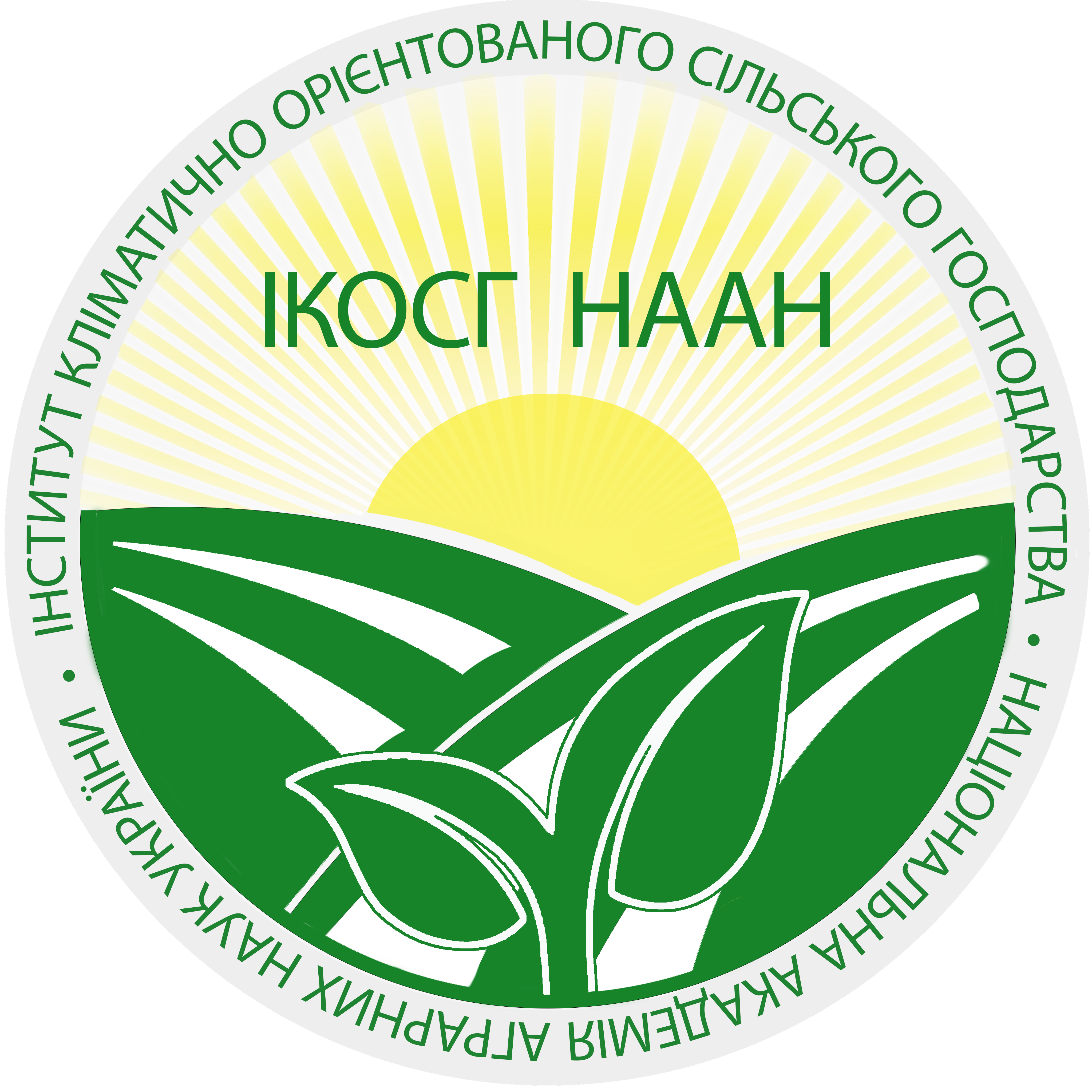Вплив мікоризного препарату на формування урожайності гібридів огірка посівного в умовах захищеного ґрунту
Анотація
Мета. Метою наших досліджень було вивчення впливу мікоризного препарату Мікофренд на урожайності гібридів огірка в умовах захищеного грунту. Методи. Вегетаційний метод досліджень передбачав визначення впливу застосування препарату Мікофренд для передпосівної підготовки насіння та кореневого підживлення рослин у фазі 5–6 листків. Матеріалом дослідження були гібриди огірка: Спіно F1, Еколь F1, Пасалімо F1 і Пасамонте F1. У кожному варіанті оцінювали по 10 рослин за основними біометричними показниками: довжина стебла, кількість листків, площа листкової поверхні рослини. Загальна урожайність гібридів огірка по варіантах досліду формувалася з збору зеленця, який проводили через кожні 2–3 доби на початку плодоношення і щоденно в період масового плодоношення. Маса плодів кожного збору додавалась і перераховувалась в загальну врожайність в кг/м2. За допомогою статистичного методу шляхом дисперсійного аналізу було встановлено найменшу істотну різницю. Результати досліджень. Нашими дослідженнями підтверджено ефективність мікоризи на формування основних біометричних параметрів рослин огірка: довжини стебла, кількості листків, площі листкової поверхні. Застосування препарату для передпосівного замочування насіння огірка сприяло збільшенню довжини стебла на 7,9%, кількості листків на 13,3%, площі листкової поверхні на 9,2%; для кореневого підживлення у фазі 5–6 листків рослин гібридів огірка – збільшенню довжини стебла на 6,1%, кількості листків на 9,3%, площі листкової поверхні на 7,7%. Дворазове застосування препарату Мікофренд забезпечило збільшення довжини стебла на 14,6%, кількості листків на 24,7%, площі листкової поверхні на 19,3%. Аналіз даних урожайності показав, що застосування мікоризного препарату Мікофренд за вирощування гібридів огірка в умовах захищеного ґрунту сприяє збільшенню врожайності. Зокрема, за передпосівного замочування насіння в розчині загальна урожайність збільшилась на 50,1%; кореневого підживлення у фазі 5–6 листків – на 47,2%; дворазового застосування – на 77,2%. Висновки. Встановлено, що для забезпечення високої урожайності гібридів огірка посівного в умовах захищеного ґрунту необхідно застосовувати: передпосівне замочування насіння в розчині Мікофренд (10 г/л) і кореневе підживлення рослин у фазі 5–6 листків розчином Мікофренд (2 г/л).
Посилання
2. Барабаш О. Ю., Тараненко Л. К., Сич З. Д. Біологічні основи овочівництва: навчальний посібник / за ред. О. Ю. Барабаша. К.: Арістей, 2005. 348 с.
3. Бондаренко Г. Л., Яковенко К. І. Методика дослідної справи в овочівництві баштанництві. 3 вид. Харків: Основа, 2001. 369 с.
4. Вдовенко С. А. Особливості застосування мікоризних препаратів за вирощування перцю солодкого в закритому ґрунті. Овочівництво і баштанництво. 2019. № 66. С. 39–46.
5. Копилов Є. П. Ґрунтові гриби як біотичний чинник впливу на рослини. Сільськогосподарська мікробіологія. 2012. № 15–16 С. 7–28.
6. Копилов Є. П, Йовенко А. С. Використання мікробних препаратів для підвищення урожайності гречки посівної. Вісник аграрної науки. 2016. № 12. С. 25–28.
7. Корнієнко С. І., Рудь В. П., Кіях О. О., Терьохіна Л. А. Концептуальні основи розвитку овочівництва та забезпечення продовольчої безпеки. Овочівництво і баштанництво. 2012. Вип. 58. С. 7–17.
8. Поливаний С. В. Регуляція ростових процесів і продуктивність рослин огірка за використання регуляторів росту. Вісник Уманського національного університету садівництва № 2, 2021. С 3–8.
9. Мікробні препарати в сучасних аграрних технологіях: науково-практичні рекомендації / за ред. В. В. Волкогона. Київ, 2015. 248 с.
10. Царенко О. М., Злобін Ю.А. Комп´ютерні методи в сільському господарстві та біології: навчальний посібник. Суми: Видавництво „Університетська книга”, 2000. С. 45–57.
11. Яценко В. В. Формування продуктивності сої овочевої за використання біоінокулянтів та мікоризоутворюючого препарату. Таврійський науковий вісник № 125. 2022. С. 111– 118.
12. Malviya M., Li C., Solanki M., Lakshmanan P., Singh R. Verma Krishan &Singh, Pratiksha & Sharma, Anjney & Song, Qi-Qi & Nong, Qian & Zeng, Xu-Peng & Li, Yangrui. Large Rhizosphere Bacterial Diversity Exits Among Wild Progenitor Species of Modern Sugarcane (Saccharum Spp. Inter-Specific Hybrids). 2021, Front. Plant Sci., 24 February 2022. URL: https://doi.org/10.3389/fpls.2022.829337
13. Read DJ, Ducket JG, Francis R, Ligron R, Russell A. Symbiotic fungal associations in ‘lower’ land plants. Philos Trans R Soc Lond B Biol Sci. 2000 Jun 29;355(1398): 815–831. DOI: 10.1098/rstb.2000.0617.
14. Spagnoletti F., Balestrasse K., Lavado R., Giacometti R. Arbuscular mycorrhiza detoxifying response against arsenic and pathogenic fungus in soybean. Ecotoxicology and Environmental Safety. 133. 47–56. URL: https://doi.org/10.1016/j.ecoenv.2016.06.012






